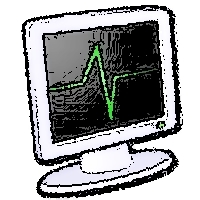How to use the memory diagnostics tool.–PC Pitstop.
Diagnosing Windows 8 Memory Problems
By Miguel Leiva-Gomez for MakeTechEasier
If you are using computers for long enough, you may have heard that the more memory/RAM your computer has, the snappier it becomes. But sometimes, no matter how much memory you have, you may face sluggish performance, random failures, BSODs (Blue Screen Of Death), etc. The source of these problems may be a misbehaving or corrupted memory module, or your memory module may have some technical difficulties. In fact, memory failures are one of the most common tech problems faced by many computer users. Fortunately, Windows comes in with a robust memory diagnostic tool which helps you pinpoint the technical issue. So, let us dig in and see how to use the memory diagnostics tool to diagnose memory problems in Windows 8.
What Does Memory or RAM Do
For starters, RAM is an important component of your computer which acts like a bridge between your hard disk and the processor. Whenever you boot up your computer or launch a program, your computer loads and stores the important bits of your OS or the launched program in the RAM for easier and faster access. That said, RAM modules are volatile in nature. i.e. as soon as you turn off the power source, the data stored inside it is immediately lost.
This excerpt is shared with permission from maketecheasier.com.



